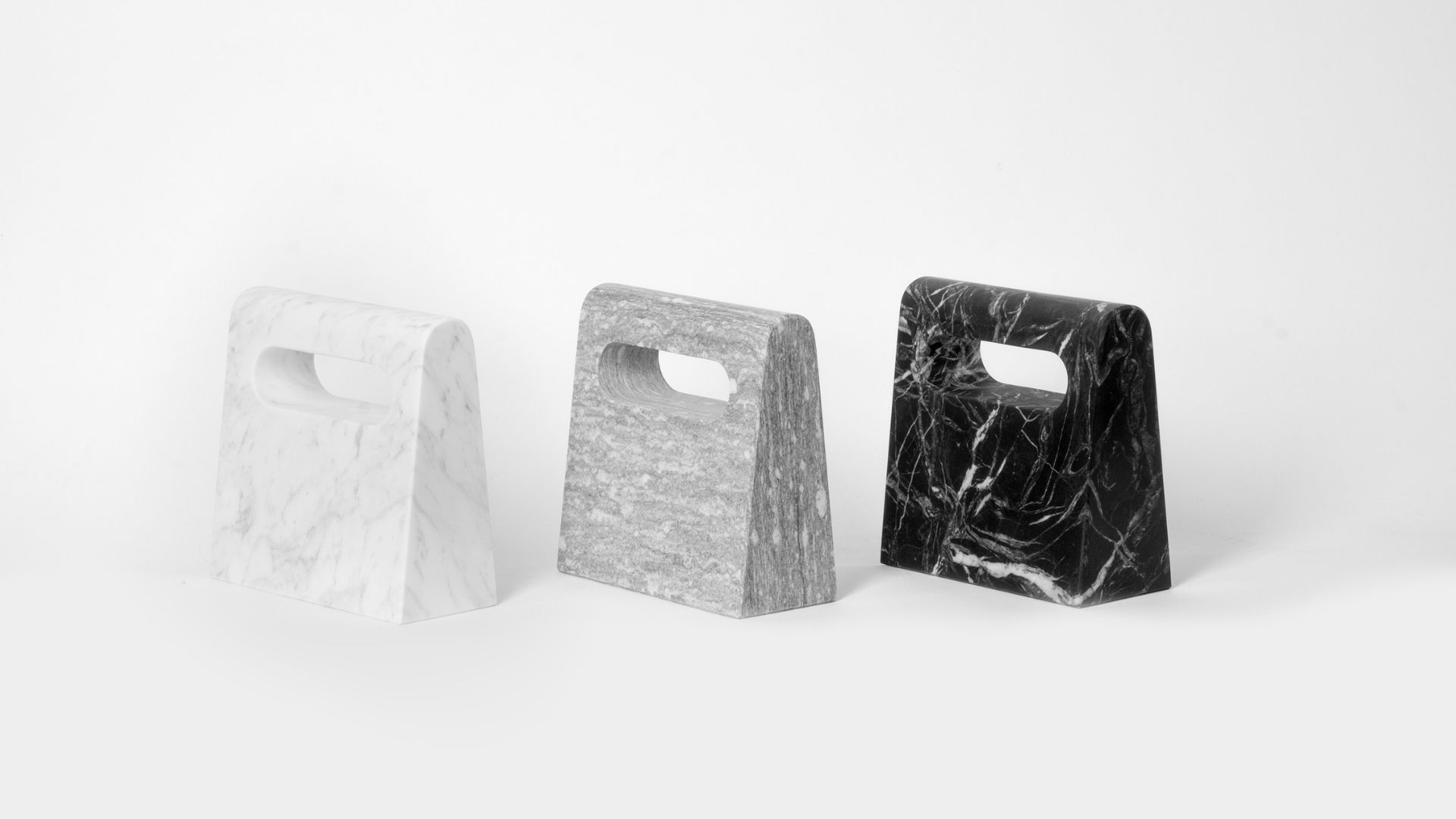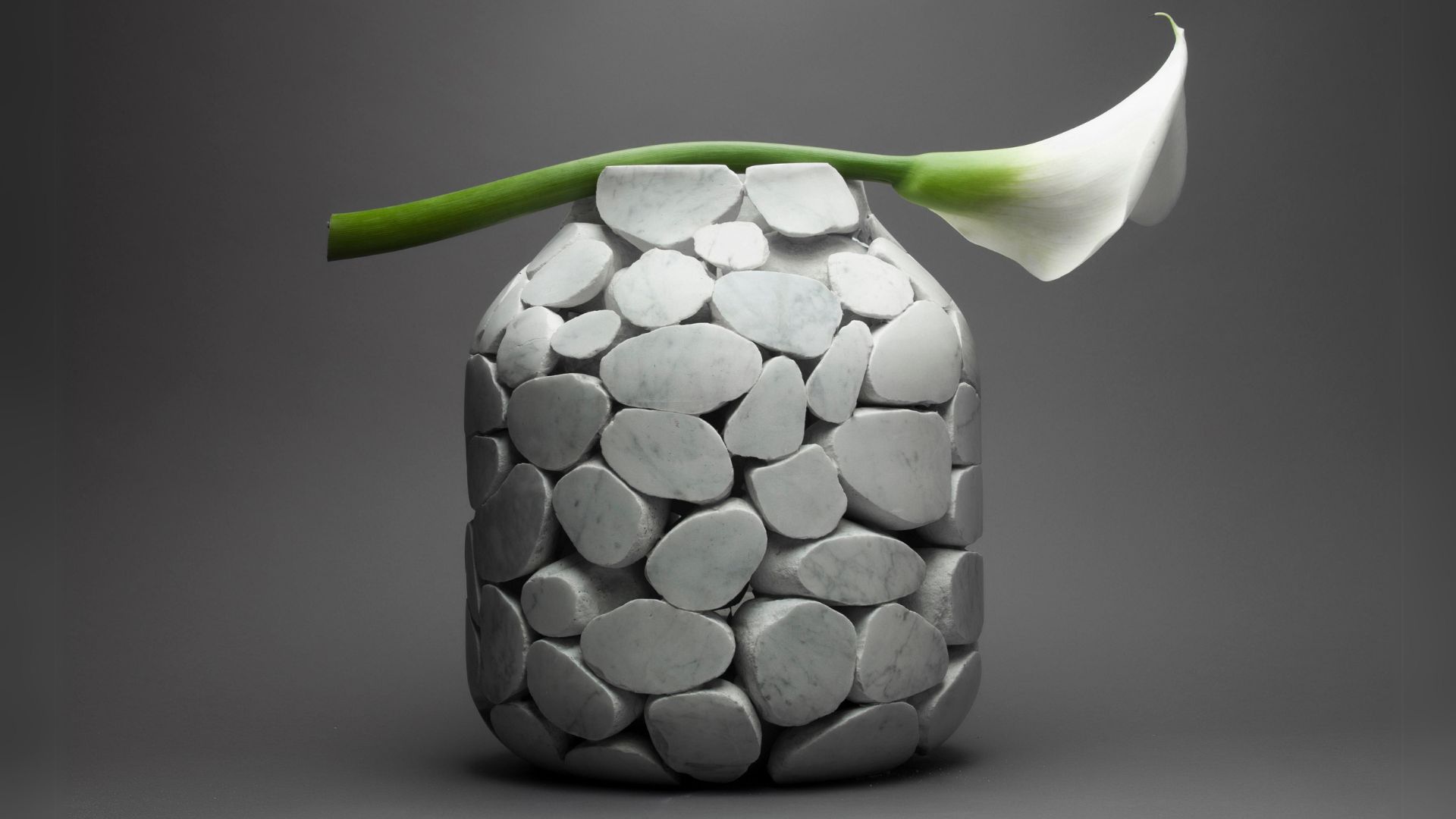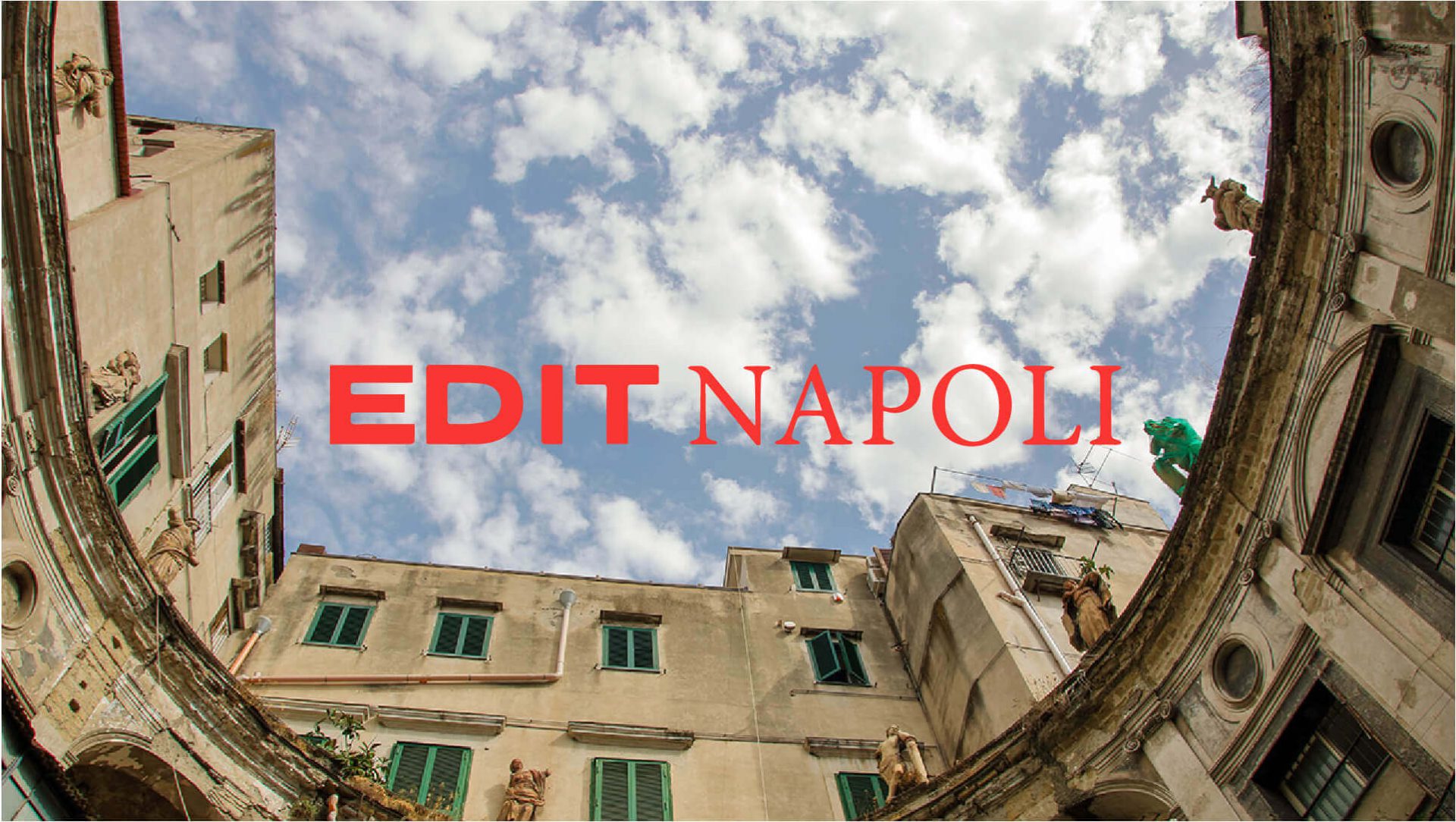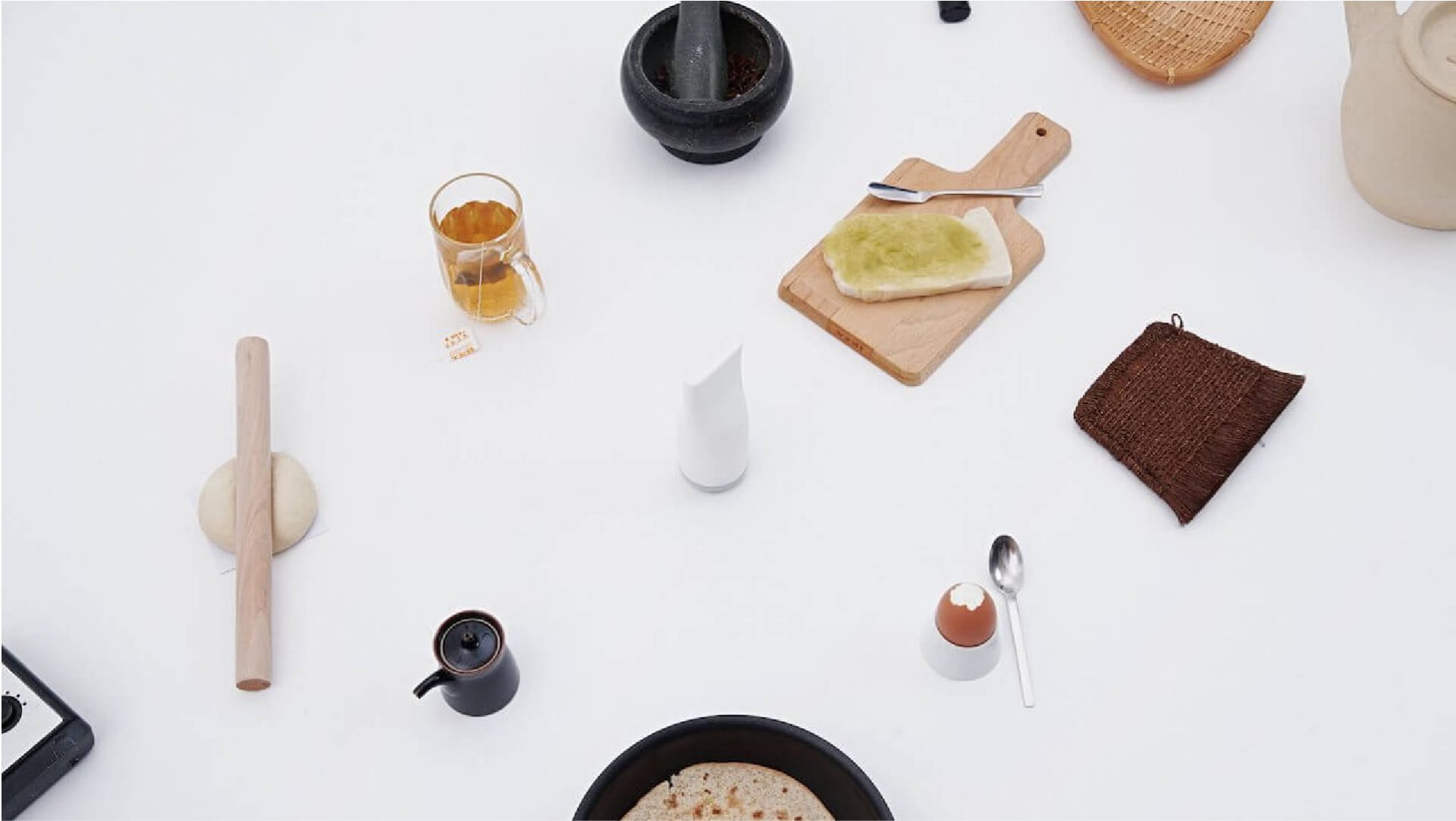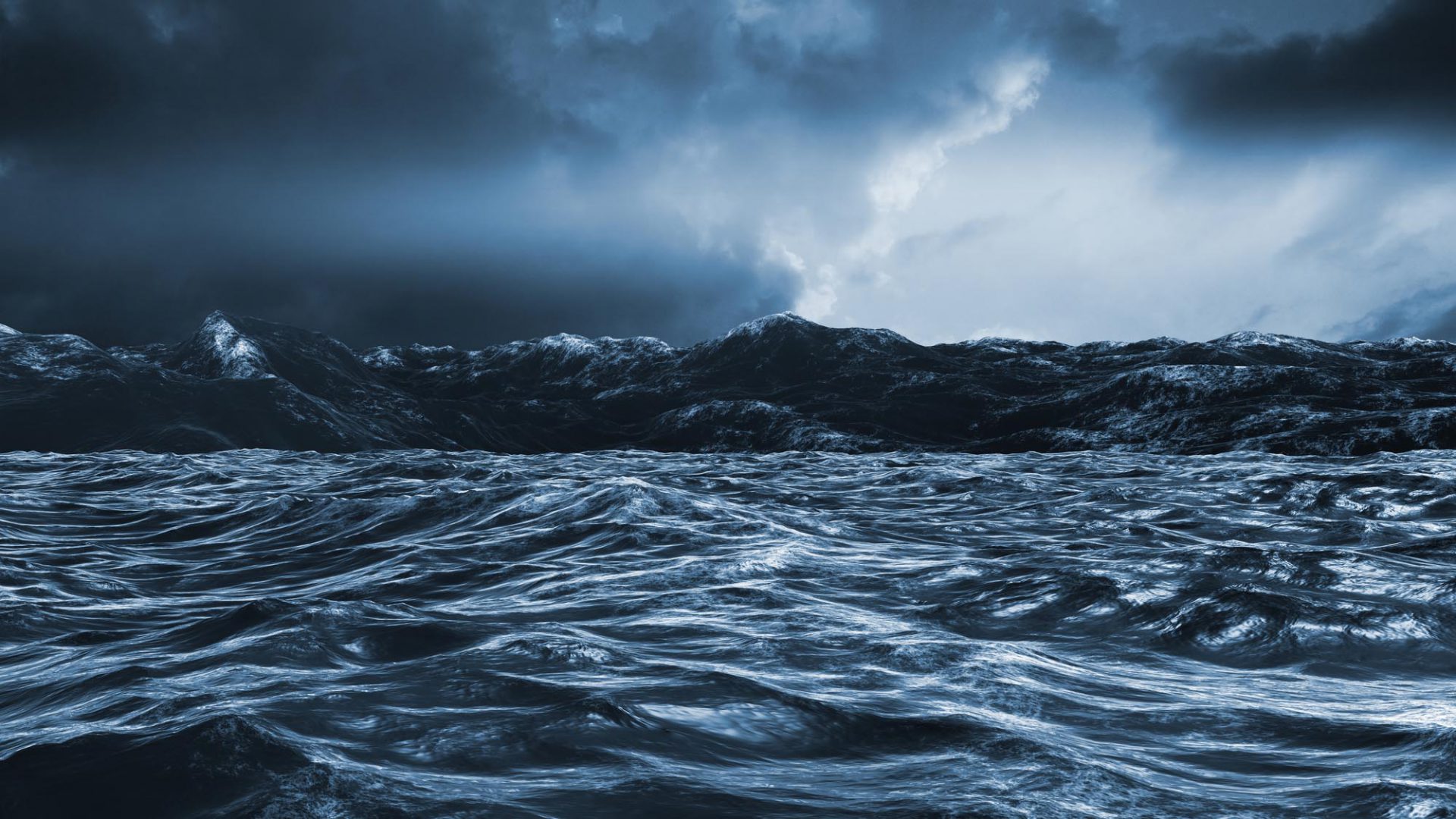Edible packaging: The three fab start-ups tackling plastic pollution
As consumer demand for greener packaging options increases, companies are striving to address the problem by developing edible containers and wrappers.

A radical way to combat plastic and possibly even achieve zero waste is by encouraging customers to eat packaging. Edible food packaging is a type of packaging that is designed to be eaten or has the ability to biodegrade efficiently like the food that it contains.
Since most edible packaging can be eaten or composted, it is very biodegradable and won’t fill up landfills or recycling centers. It’s thanks to its short-lived nature that makes it a more sustainable alternative. Of course the durability of the packaging can also be a drawback… Some edible packaging examples require outer packaging to protect it from contaminants and keep it safe for consumption. In certain conditions, edible packaging might not be as sanitary when it is exposed to different environments and during shipping.
Gallery
Open full width
Open full width
Still, with the potential to iron out these issues, the trend for edible packaging is on the rise. According to global research firm Transparency Market Research demand for edible packaging could increase on average 6.9% yearly until 2024 and could become a market worth almost $2 billion worldwide.
Spearheading the market are innovative startups whose products demonstrate the potential of edible straws, wrap and food containers. Check out some of our favourites below…
Edible packaging – 4 Startups worth to know:
Notpla, Edible Sachets
London-based start-up Notpla uses a material made from seaweed as an alternative to single-use plastic packaging. The company started in 2014 with “Ooho”, a liquid capsule with a waterproof film made from seaweed. Users can swallow the packaging after drinking but if they choose to spit out the film it will biodegrade in 4–6 weeks.
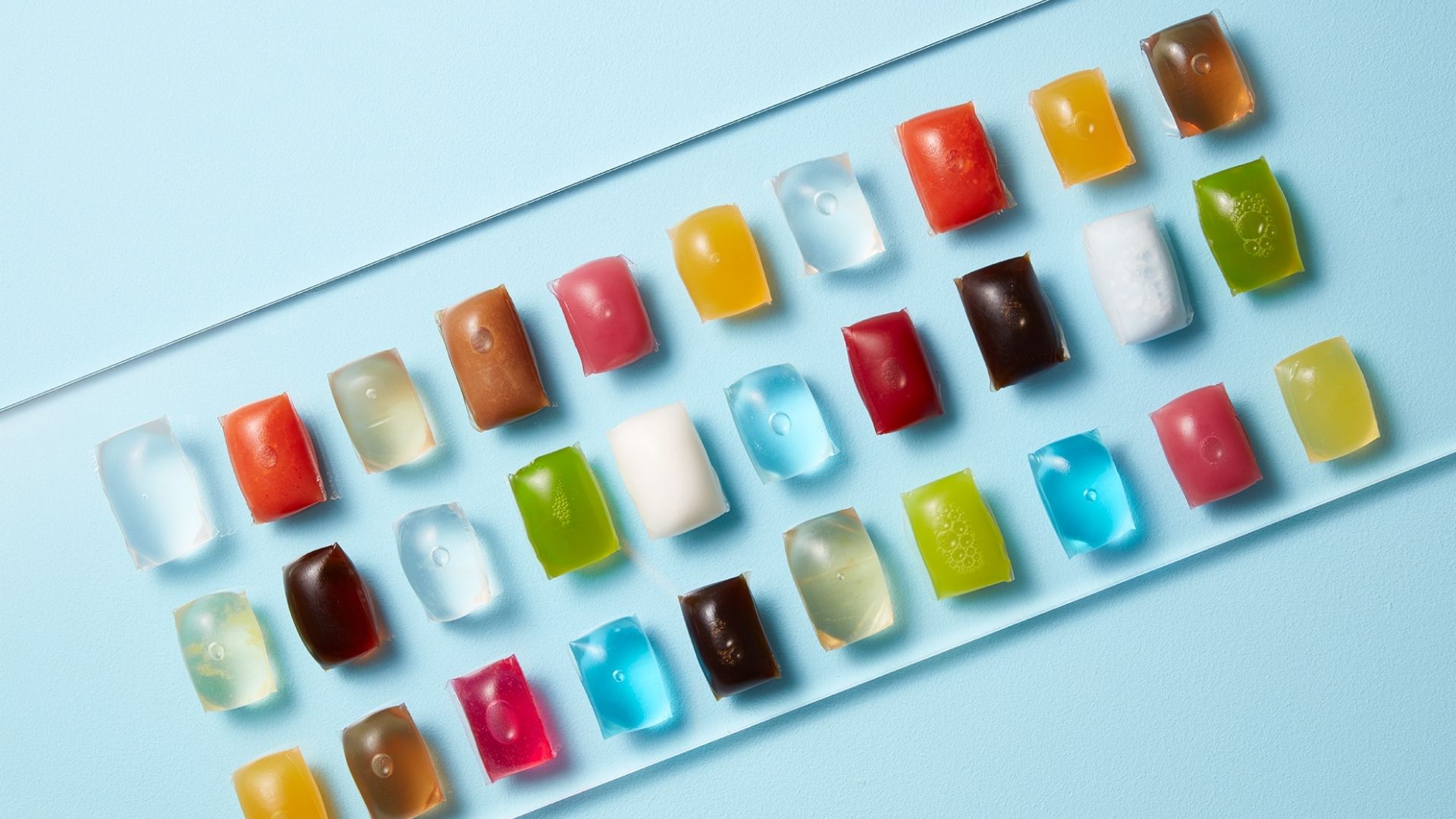
It is a flexible packaging for liquids that can be made in a range of sizes from 10ml-100ml. So far, the packaging has also been used to create thin films and coating for cardboard takeaway boxes, as well sachets for condiments.

Evoware, Edible Food Wrap
Indonesia startup Evoware offers environmentally friendly, biodegradable, edible and nutritious products used for packaging, replacing conventional plastic packaging with seaweed as the raw material. Algae is an especially eco-friendly raw material which doesn’t require fertiliser or chemicals to process. Moreover, creating Algae farms to produce packaging alternatives could be a useful way to absorb CO2.
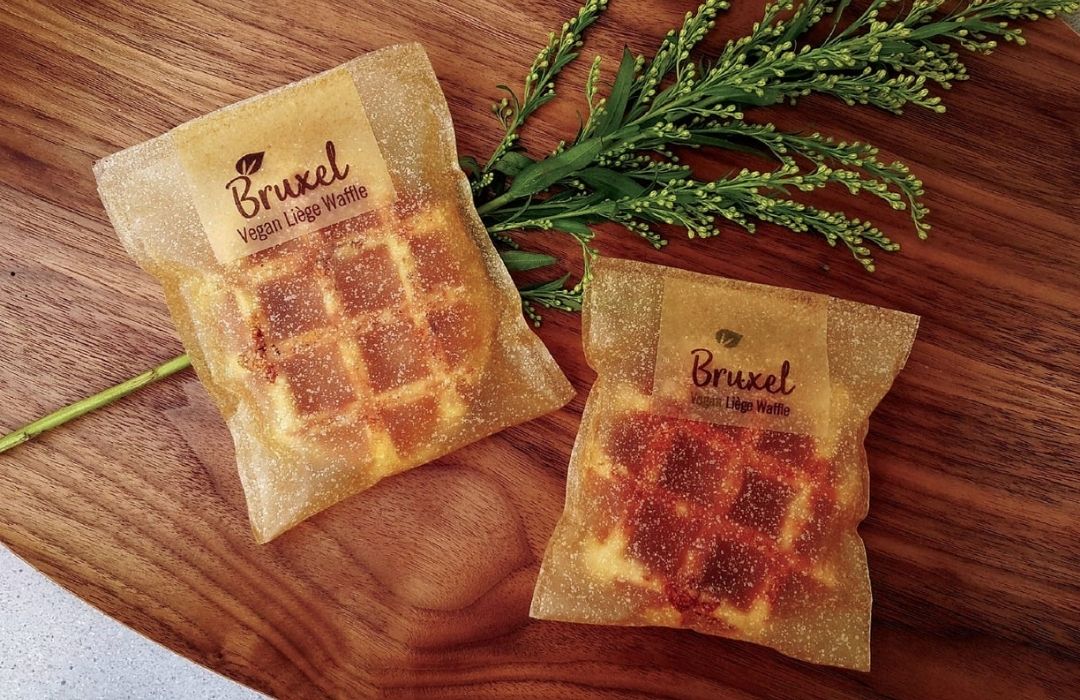
Thus far, Evoware has tested its edible seaweed-based packaging as a burger wrapper and is now selling it in small quantities for instant-noodle seasoning sachets and coffee pouches. People can eat the food packaging and take advantage of its nutritious seaweed which contains high fiber, vitamins and minerals. Evoware has also developed an edible glass called Ello Jello cups. These cups are made colorful with several flavors such as peppermint, orange, lychee and green tea.

Forest & Whale, Reuse Container
Singapore-based design studio Forest and Whale has created Reuse, a container for takeaways made from wheat husks that can be eaten or composted after use.

Founded by Gustavo Maggio and Wendy Chua, the studio created the packaging alternative in an attempt to help reduce the use of single-use plastic. The wheat husk is ground into smaller pellets and combined with a small amount of natural binder and water before being pressed into two metal moulds at high temperature. This gives shape to the final container, which is then ready to use.










